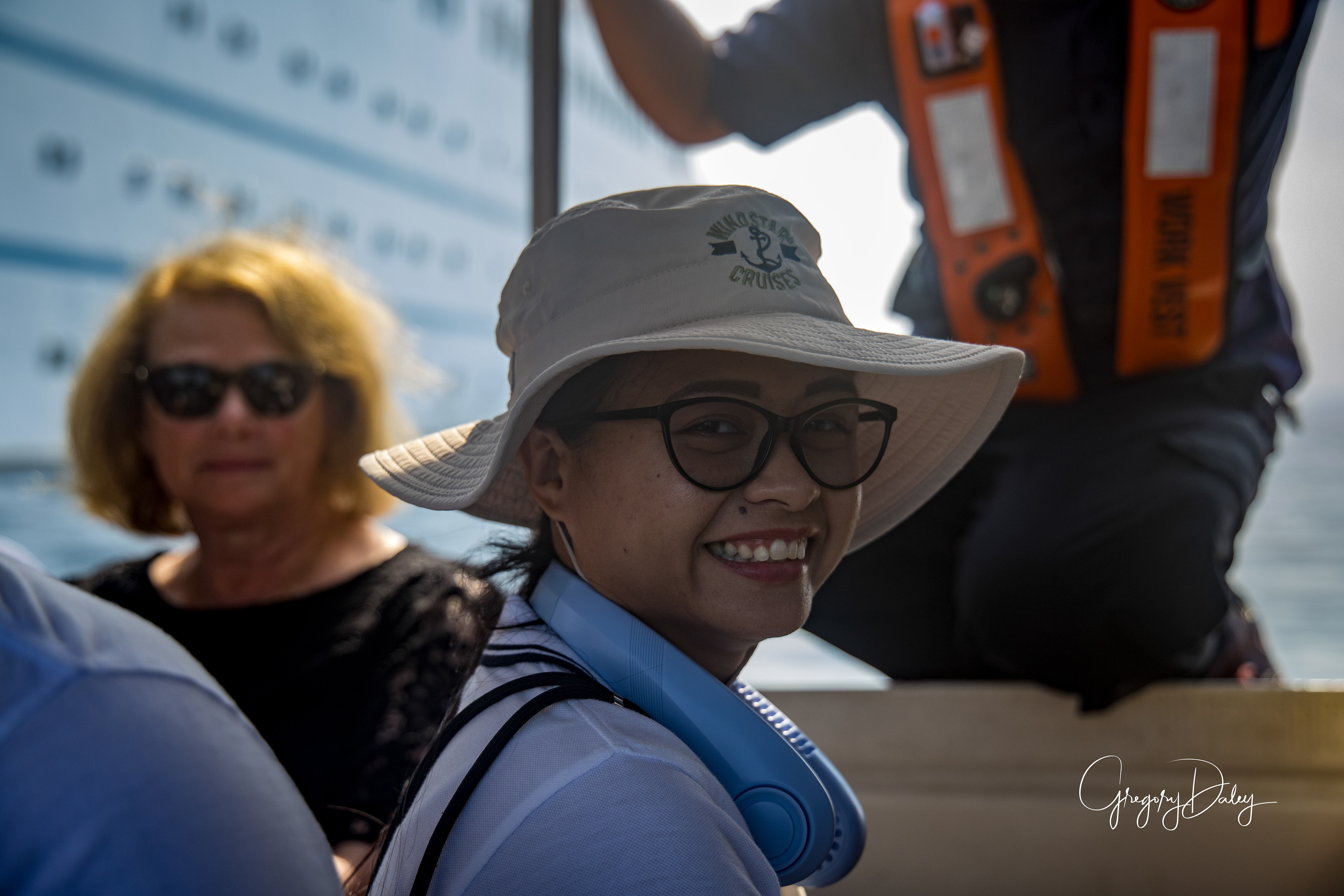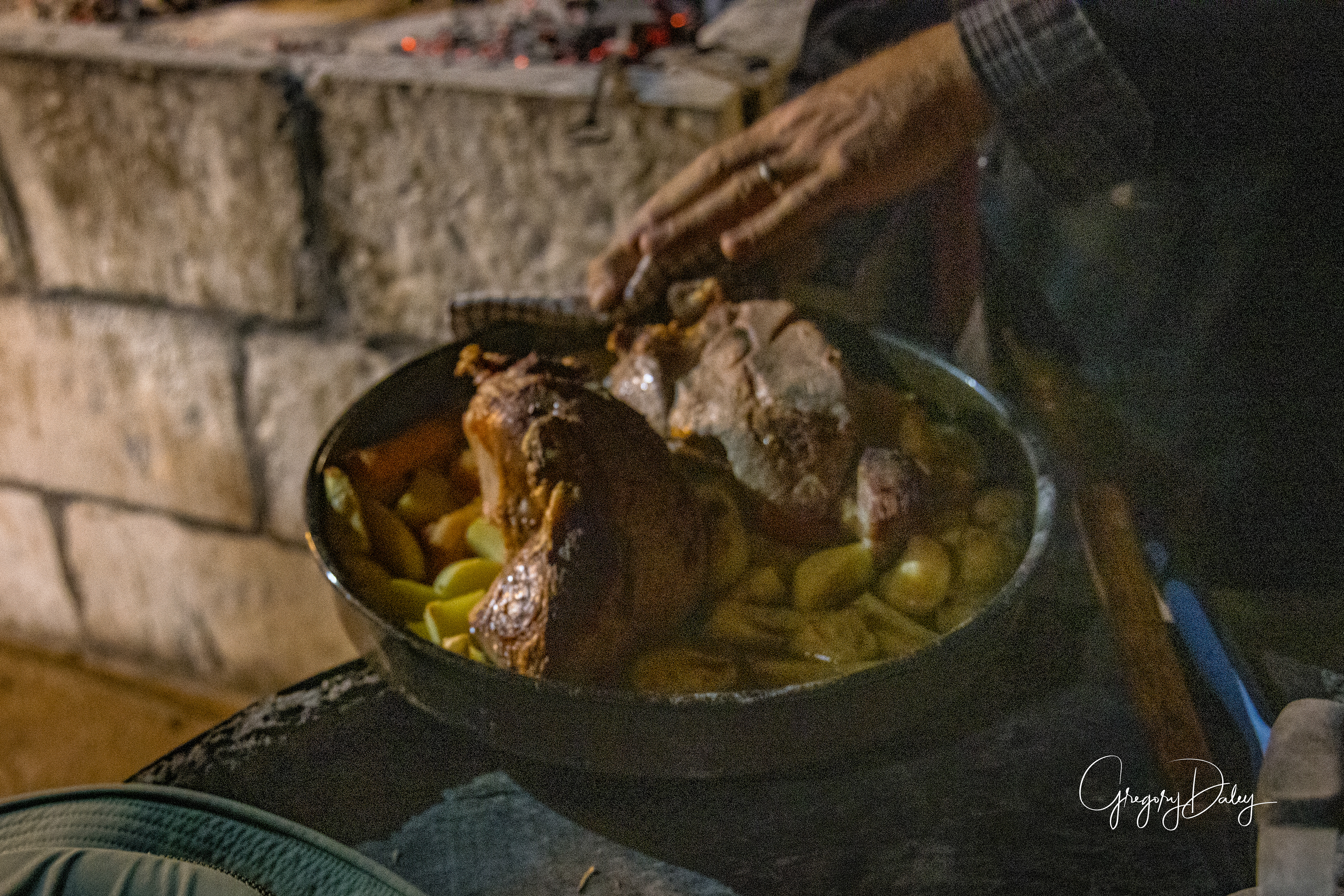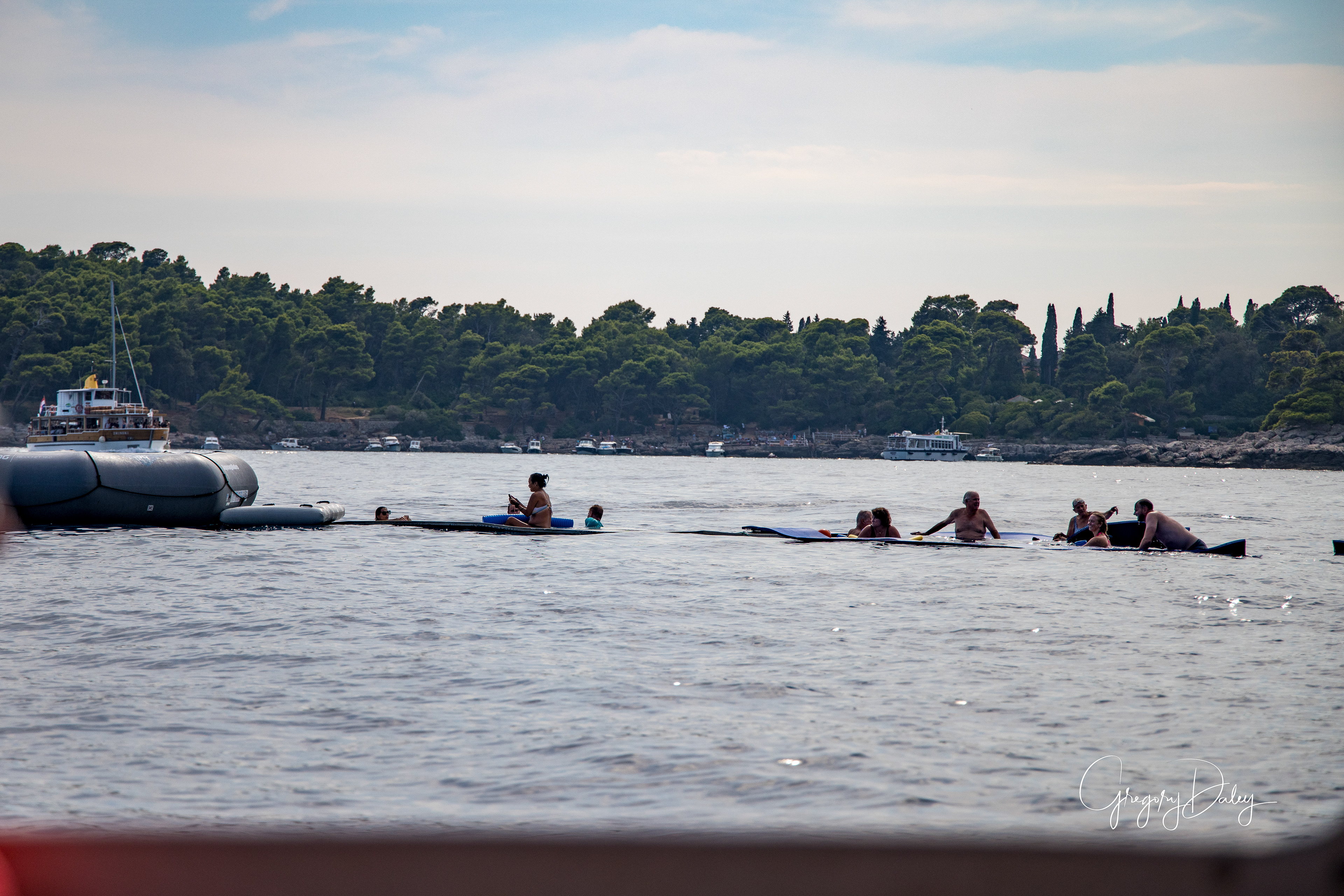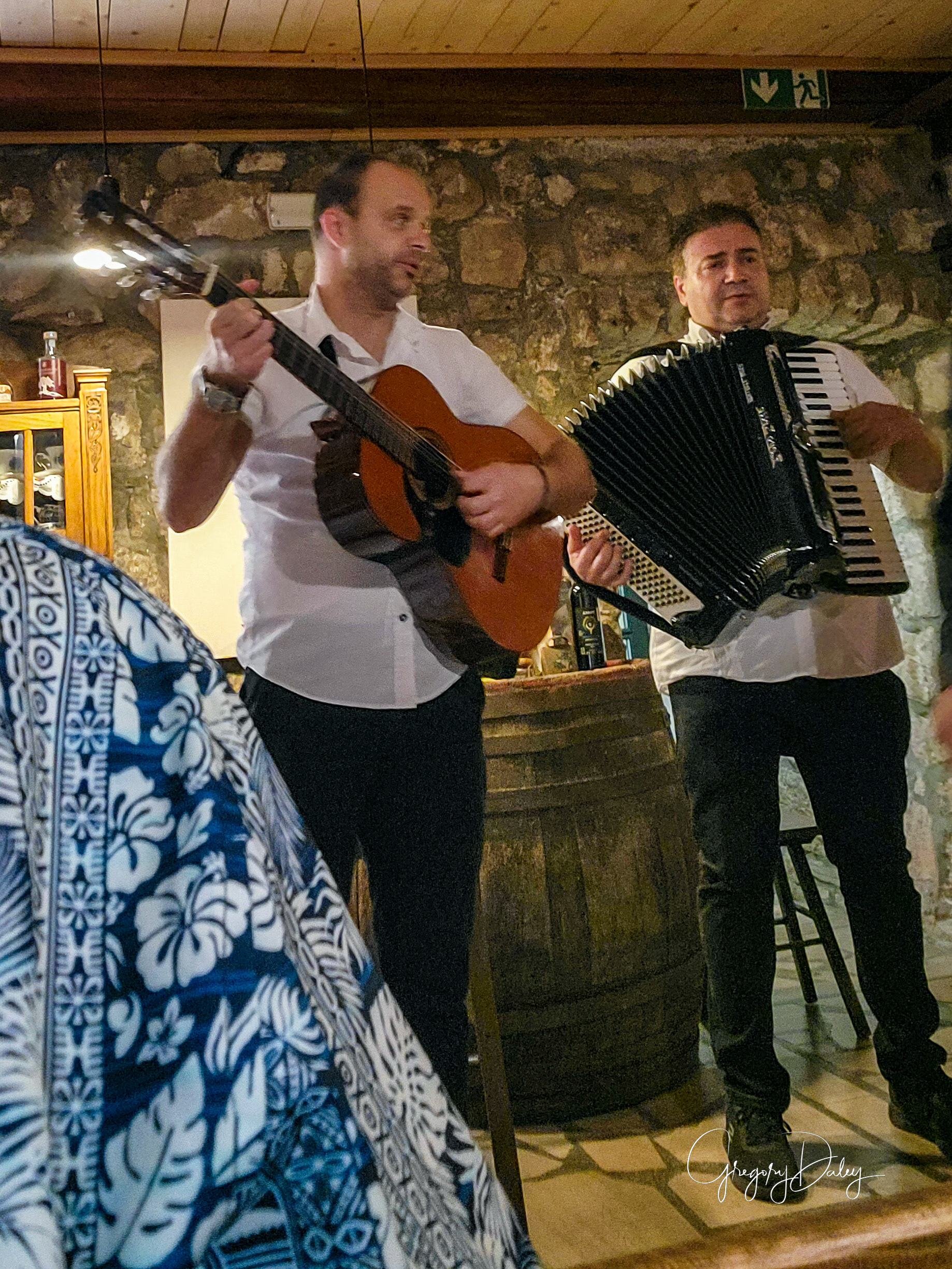Dubrovnik is a city in southern Dalmatia, Croatia, by the Adriatic Sea. It is one of the most prominent tourist destinations in the Mediterranean, a seaport and the centre of the Dubrovnik-Neretva County. Dubrovnik was added to the UNESCO list of World Heritage Sites in recognition of its outstanding medieval architecture and fortified old town.
The history of the city probably dates back to the 7th century, when the town known as Ragusa was founded by refugees from Epidaurum (Ragusa Vecchia). It was under the protection of the Byzantine Empire and later under the sovereignty of the Republic of Venice. Between the 14th and 19th centuries, Dubrovnik ruled itself as a free state. The prosperity of the city was historically based on maritime trade; as the capital of the maritime Republic of Ragusa, it achieved a high level of development, particularly during the 15th and 16th centuries, as it became notable for its wealth and skilled diplomacy. At the same time, Dubrovnik became a cradle of Croatian literature. In his letter to Nikola Nalješković (1564), poet Ivan Vidalić named it "crown of Croatian cities".























































The entire city was almost destroyed in a devastating earthquake in 1667. During the Napoleonic Wars, Dubrovnik was occupied by the French Empire forces, and then the Republic of Ragusa was abolished and incorporated into the Napoleonic Kingdom of Italy and later into the Illyrian Provinces. In the early 19th to early 20th century, Dubrovnik was part of the Kingdom of Dalmatia within the Austrian Empire. Dubrovnik became part of the Kingdom of Yugoslavia immediately upon its creation, and it was incorporated into its Zeta Banovina in 1929, before becoming part of the Banovina of Croatia upon its creation in 1939. During World War II, it was part of the Axis puppet state Independent State of Croatia, before being reincorporated into SR Croatia in SFR Yugoslavia.
In 1991, during the Croatian War of Independence, Dubrovnik was besieged by the Yugoslav People's Army for seven months and suffered significant damage from shelling. After undergoing repair and restoration works in the 1990s and early 2000s, it re-emerged as one of the Mediterranean's top tourist destinations, as well as a popular filming location. According to Statista, Dubrovnik is the most 'over-touristed' destination in Europe, with 36 tourists for each resident.
Few of Dubrovnik's Renaissance buildings survived the earthquake of 1667 but enough remained to give an idea of the city's architectural heritage. The finest Renaissance highlight is the Sponza Palace which dates from the 16th century and is currently used to house the National Archives. The Rector's Palace is a Gothic-Renaissance structure that displays finely carved capitals and an ornate staircase. It now houses a museum. Its façade is depicted on the reverse of the Croatian 50 kuna banknote, issued in 1993 and 2002. The St. Saviour Church is another remnant of the Renaissance period, next to the much-visited Franciscan Church and Monastery. The Franciscan monastery's library possesses 30,000 volumes, 216 incunabula, and 1,500 valuable handwritten documents. Exhibits include a 15th-century silver-gilt cross and silver thurible, an 18th-century crucifix from Jerusalem, a martyrology (1541) by Bemardin Gucetic and illuminated psalters.
Dubrovnik's most beloved church is St Blaise's church, built in the 18th century in honor of Dubrovnik's patron saint. Dubrovnik's Baroque Cathedral was built in the 18th century and houses an impressive Treasury with relics of Saint Blaise. The city's Dominican Monastery resembles a fortress on the outside but the interior contains an art museum and a Gothic-Romanesque church. A special treasure of the Dominican monastery is its library with 216 incunabula, numerous illustrated manuscripts, a rich archive with precious manuscripts and documents and an extensive art collection.
The Neapolitan architect and engineer Onofrio della Cava completed the aqueduct with two public fountains, both built in 1438. Close to the Pile Gate stands the Big Onofrio's Fountain in the middle of a small square. It may have been inspired by the former Romanesque baptistry of the former cathedral in Bunić Square. The sculptural elements were lost in the earthquake of 1667. Water jets gush out of the mouth of the sixteen mascarons. The Little Onofrio's Fountain stands at the eastern side of the Placa, supplying water to the market place in the Luža Square. The sculptures were made by the Milanese artist Pietro di Martino (who also sculpted the ornaments in the Rector's Palace and made a statue – now lost – for the Franciscan church).
The 102 ft Dubrovnik Bell Tower, built in 1444, is one of the symbols of the free city state of Ragusa. It was built by the local architects Grubačević, Utišenović and Radončić. It was rebuilt in 1929 as it had lost its stability through an earthquake and was in danger of falling. The brass face of the clock shows the phases of the moon. Two human figures strike the bell every hour. The tower stands next to the House of the Main Guard, also built in Gothic style. It was the residence of the admiral, commander-in-chief of the army. The Baroque portal was built between 1706 and 1708 by the Venetian architect Marino Gropelli (who also built St Blaise's church).
In 1418, the Republic of Ragusa, as Dubrovnik was then named, erected a statue of Roland as a symbol of loyalty to Sigismund of Luxembourg (1368–1437), King of Hungary and Croatia (as of 1387), Prince-Elector of Brandenburg (between 1378 and 1388 and again between 1411 and 1415), German King (as of 1411), King of Bohemia (as of 1419) and Emperor of the Holy Roman Empire (as of 1433), who helped by a successful war alliance against Venice to retain Ragusa's independence. It stands in the middle of Luža Square. Roland statues were typical symbols of city autonomy or independence, often erected under Sigismund in his Electorate of Brandenburg. In 1419 the sculptor Bonino of Milano, with the help of local craftsmen, replaced the first Roland with the present Gothic statue. Its forearm was for a long time the unit of measure in Dubrovnik: one ell of Dubrovnik is equal to 20.2 in.
A feature of Dubrovnik is its walls, which run almost 1.2 miles around the city. The walls are 13–20 feet thick on the landward side but are much thinner on the seaward side. The system of turrets and towers was intended to protect the vulnerable city. The walls of Dubrovnik have also been a popular filming location for the fictional city of King's Landing in the HBO television series, Game of Thrones.